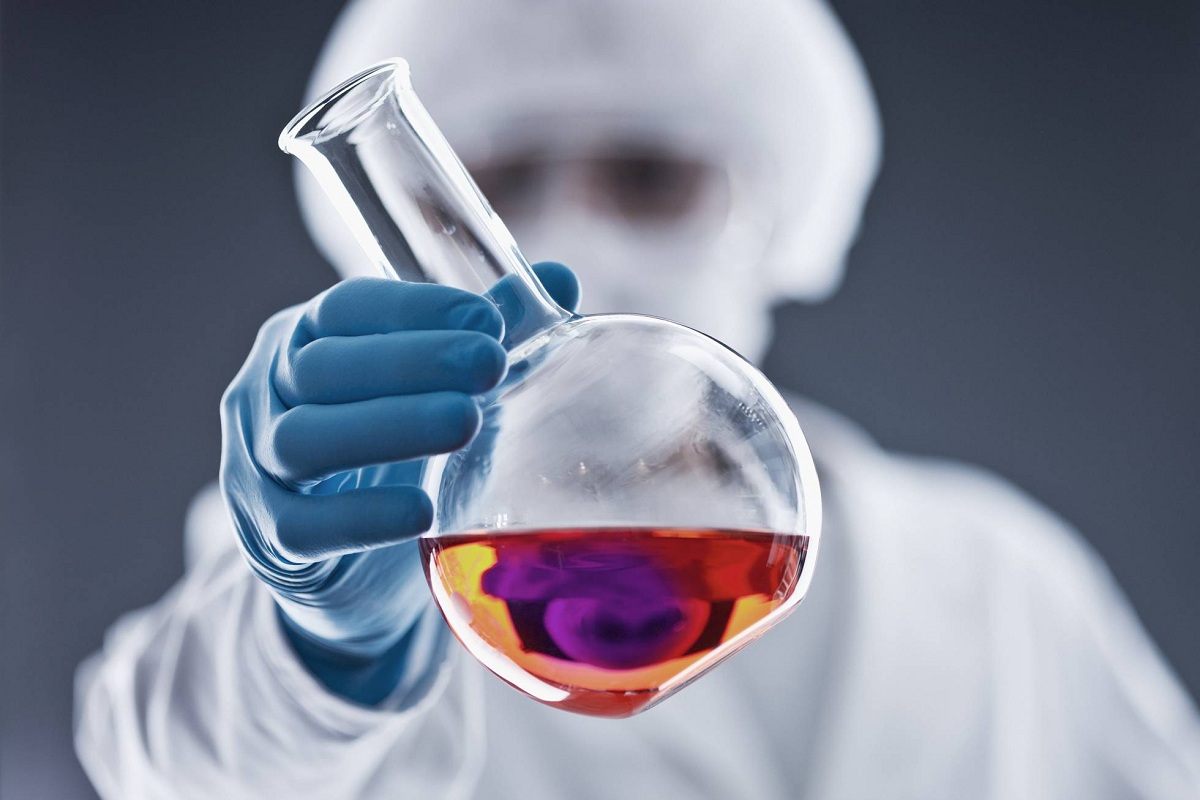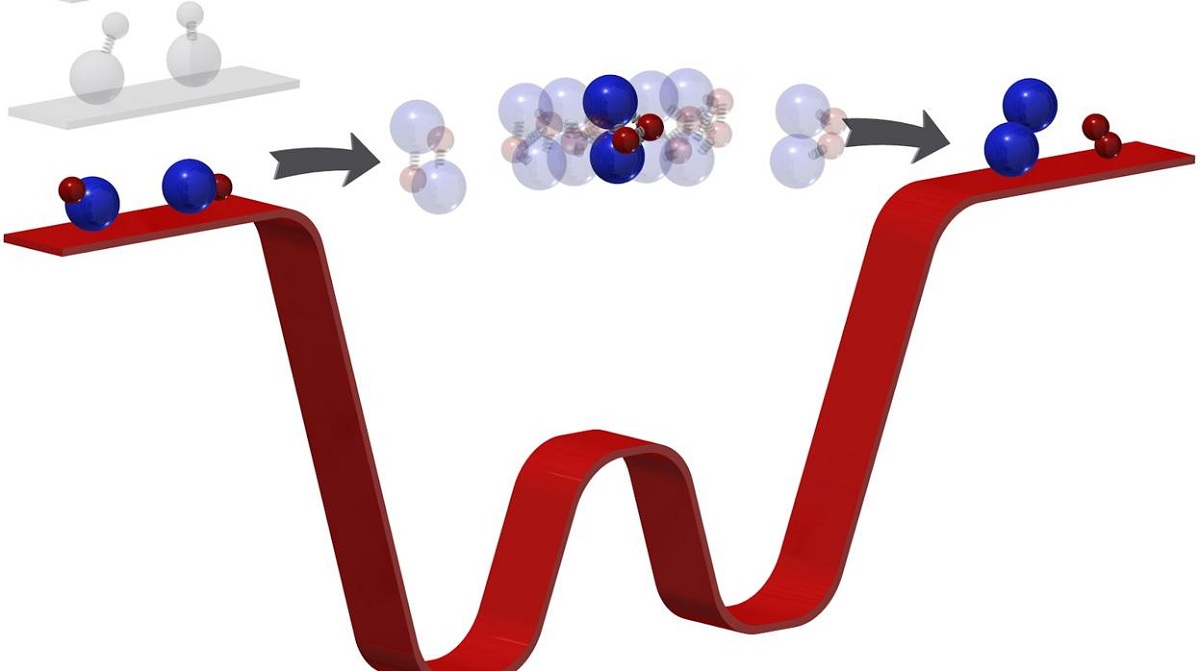
In chemistry great allusion is made to chemical balance. It is a state that chemical reactions can reach reversibly and in which there is no variation in the concentrations of both the reactants and the products that are involved in the reaction itself. Chemical equilibrium is characterized by being dynamic and not static. This means that all the molecules and atoms continue to react continuously but maintain the same concentrations.
In this article we are going to tell you everything you need to know about chemical balance and its importance.
Key features

When we talk about chemical equilibrium we are talking about something similar to what occurs when changes of pass occur. That the seta changes may not be a link break. Let's give an example: we use a liquid that can be in equilibrium with its own vapors, just like a solid. We establish equilibrium when the solid can also be in equilibrium with the surrounding water when it has precipitated or crystallized.
Chemical balance is essential in the chemical industry. In this way, improvements in synthesis and yields can be obtained. Once the chemical equilibrium is established, no further changes or responses can be obtained unless this equilibrium is disrupted. Normally, it is interrupted by outside actions. This is how the synthesis of the product is modified with several parameters such as pressure, volume or temperature. If we are continuously playing with the values of these parameters at the end we achieve that the balance is generated when it can reach the maximum production.
Otherwise, if we do not calculate well, the chemical equilibrium you will not have good quantities of products and they will be unsatisfactory. That is, it will have a lower yield and will not be economically feasible. All this is more useful if we extrapolate it to the chemical industry and for any synthesis regardless of its scale. Obviously, we will have to optimize production further as long as there is a larger scale production.
In the chemical equilibrium there may be more quantity of products or more quantity of reactants. It all depends on the direction in which this balance is displaced. If we take all factors into account, we can shift the chemical equilibrium in either direction. It must be taken into account that these changes of directions can occur as long as the chemical reaction is reversible.
The chemical equilibrium explanation

We are going to explain how it happens and what is needed to achieve chemical equilibrium. The first thing is to see what comes before. Let's consider the following reaction that is totally reversible. Here we have nitrogen tetraoxide that is transformed into 2 moles of nitrogen dioxide. They are both gases. The first gas that is the reagent is colorless, while the second has a brown or brown color. If we put a certain amount of the reagents in a vial or small container, We will see that it is colorless until the chemical equilibrium is established.
The concentration of the reagents begins to decrease gradually as the chemical reaction takes place over time. Part of it ends up dissociating to give rise to nitrogen dioxide molecules. Although the concentration of the same is equal to zero at the beginning of the reaction, it will begin to increase as the reagent begins to dissociate.
However, we are talking about a reversible chemical reaction, so that part of the molecules of the products will join to re-form the reactants. This means that the two reactions, both the direct and the inverse, will have their own velocities.
Reaction rates in chemical equilibrium

Let's see how important reaction rates are in chemical equilibrium. At the beginning we must know that the rate of consumption of the reactants is going to be greater than the rate of consumption of the products. In this way, at the beginning, since there is only nitrogen tetraoxide, the few molecules that have been formed of nitrogen dioxide can hardly find each other to react in the opposite way. When we have reached that moment of the reaction, in the vial you can see how it begins to turn orange since you have a mixture of reactants and products at the same time.
Little by little, as the chemical reaction progresses, the product molecules will be in greater quantity than the reactant molecules. The rates of the two reactions of both the direct and the inverse will continue to equalize, even as the concentrations differ from each other more and more. That is, the products tend to be greater than the reactants, so their concentration will increase throughout the chemical equilibrium.
When the chemical reaction reaches chemical equilibrium velocities and both reactions equal. Both concentrations also remain constant since both of actions happen at the same speed. As soon as a certain quantity of the reactants is dissociated, the same quantity will be produced again immediately due to the reaction of another quantity of the products. This is the reason why the name of chemical equilibrium is known and it is completely dynamic. And it is that the molecules of both reagents and products continue to participate in the reactions, although their concentrations do not change over time.
If we have that the reaction rates are the same but in both directions, it is possible to have the equilibrium constant.
Equilibrium constant
It is achieved and it is always the same, as long as factors such as temperature are stable. That is, the chemical equilibrium constant will be the same, as long as the temperature is stable, no matter how much nitrogen tetraoxide is injected into the vial at first.
As you can see, chemical balance is quite important for the chemical industry and for product generation knowledge. I hope that with this information you can learn more about chemical balance and its importance.